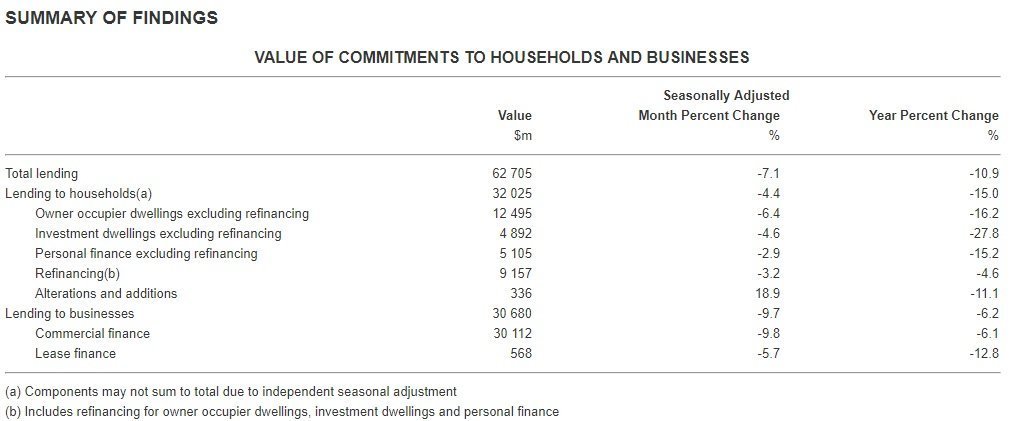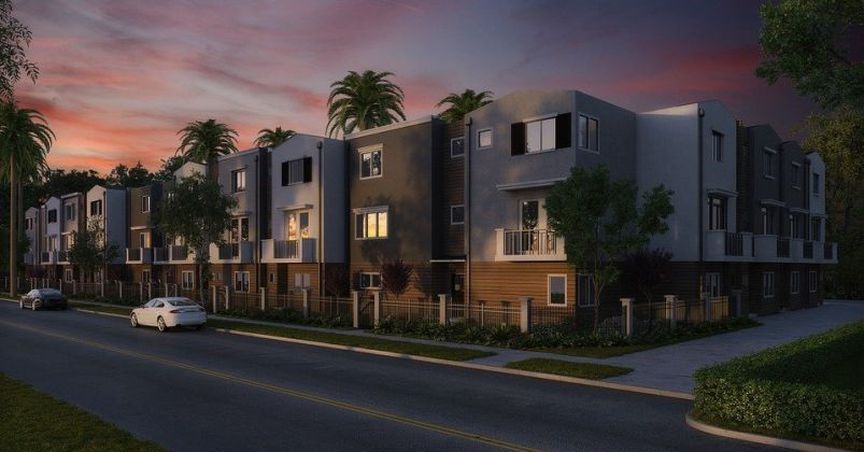The latest data of finance lending by ABS
As per the Australian Bureau of Statistics, there has been a significant drop of 4.4% between November and December 2018 in finance lending activities especially 6.4% drop in mortgages for homeowners, and 4.6% drop in lending for investment purposes.
 Source: ABS official data
Source: ABS official data
 Source: ABS official data
Source: ABS official data
This slowdown is due to tighter lending measures, particularly on home loans and finances, and record levels of construction which is estimated to be above 200,000 per year, led to an oversupply in some states.
With fewer investors that could take up property prices, and with lower demand, the market is in a âdecliningâ phase that will make housing more affordable for home buyers in the coming years.
Real Estate market in 2017 & 2018:
The year 2017 saw house prices breaking all-time high records mainly due to low-interest rates, investors activities in Cities like Sydney and Melbourne, and tax incentives along with relaxations in capital gains tax, often referred as âNegative Gearing.â
A depreciation tax was introduced which encouraged landlords to save rental incomes.
China imported vast amounts of iron ore and coal during the period 2000 to 2008 from Australia. This enhanced the Australian economy while other economies suffered harder.
The Chinese as the biggest foreign investor in Australian tangible assets have long been blamed for snapping up property at record levels well above the asking prices.
After reaching a peak level in Q3 2017, the housing prices have continuously been in decline. Since then a clear shift has been observed from investments in real estate to other assets.
Real Estate Outlook:
Cities like Sydney and Melbourne are most sought cities by property buyers and investors, as they account for 40% of the total properties in Australia. The third largest city Brisbane is also highly popular among home buyers.
As per the National Australian Bank prediction, Sydney and Melbourne will see 10% and 8 % decline from their peak prices, but there have been mixed views from other analysts and local experts which shared comparatively lower numbers. Many economic analysts have projected negative growth rate for the sector which turned drove the seller sentiments negative and many feared to have missed out the opportunity to sell, accepting lower offers, causing prices to go down further. It is expected that Australiaâs real estate market will continue to fall by 5-15% in 2019, and maybe partly in 2020, as per many real estate experts.
Some analysts believe that the macros would be stable for the coming three years with cash rate to grow by 2% from current 1.5% (2018), employment growth to be at 1.9% from current 1.9% (2018), unemployment rate at the current rate at 5.3% (2018), Consumer price index to increase to 2.7% from current 2.1% (2018) and GDP to grow at current rate at 2.9% (2018).
Growth expectations for different cities from 2018 to 2021:
| Cities | Expected growth Approx. (2018-2021) |
| Sydney | 2.6% |
| Melbourne | 5.8% |
| Brisbane | 12.5% |
| Adelaide | 8.5% |
| Perth | 9.8% |
| Hobart | 8.2% |
| Darwin | 5.0% |
| Canberra | 10% |
Source: BIS Oxford Economics
Real estate sector may continue to see a decline this year, but with strong GDP growth forecast, and the continuous influx of migrants, real estate may observe growth in urban and suburban areas. Right opportunity may evolve with the decrease in valuation of the sector in the coming times.
Disclaimer
This website is a service of Kalkine Media Pty. Ltd. A.C.N. 629 651 672. The website has been prepared for informational purposes only and is not intended to be used as a complete source of information on any particular company. Kalkine Media does not in any way endorse or recommend individuals, products or services that may be discussed on this site. Our publications are NOT a solicitation or recommendation to buy, sell or hold. We are neither licensed nor qualified to provide investment advice.



